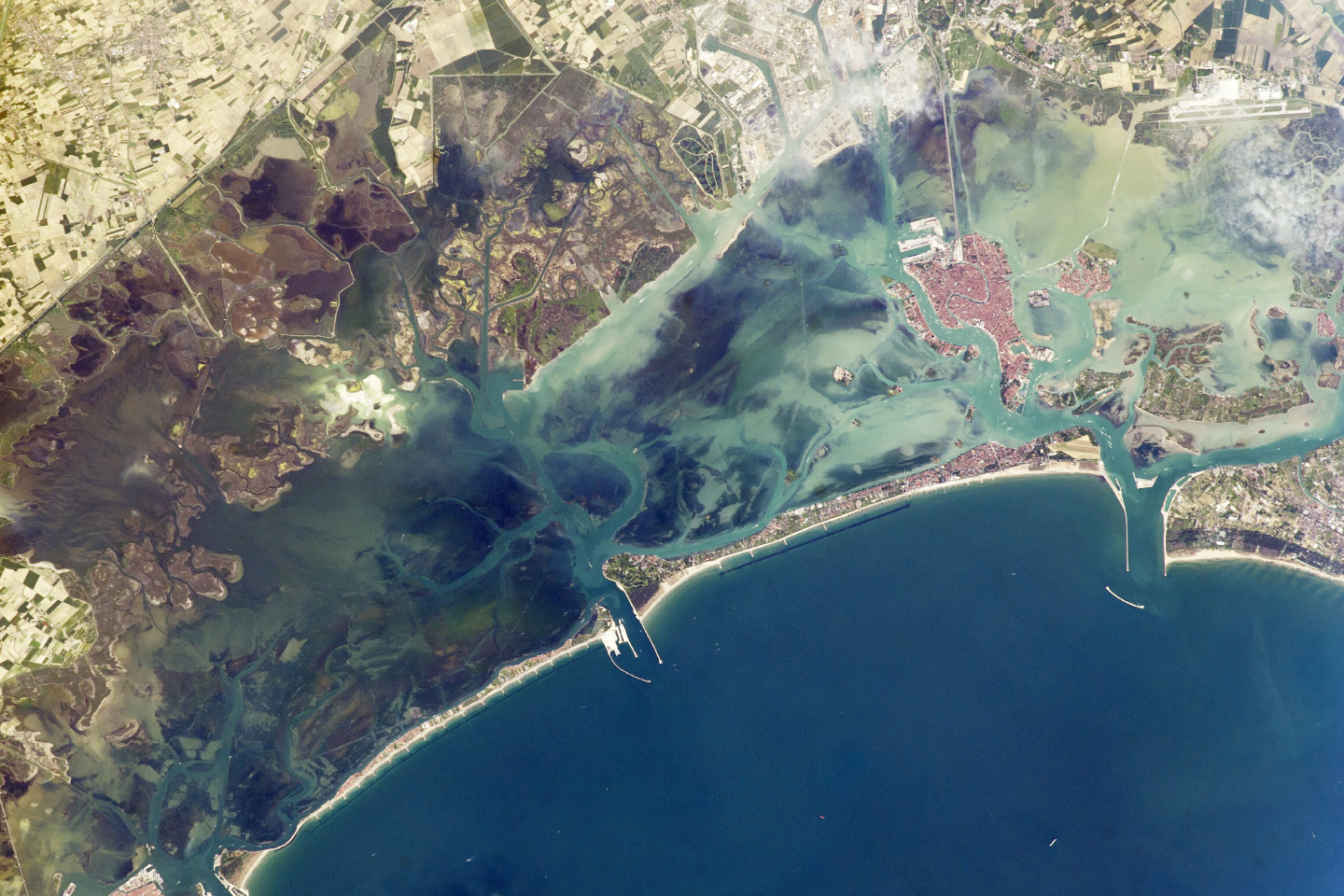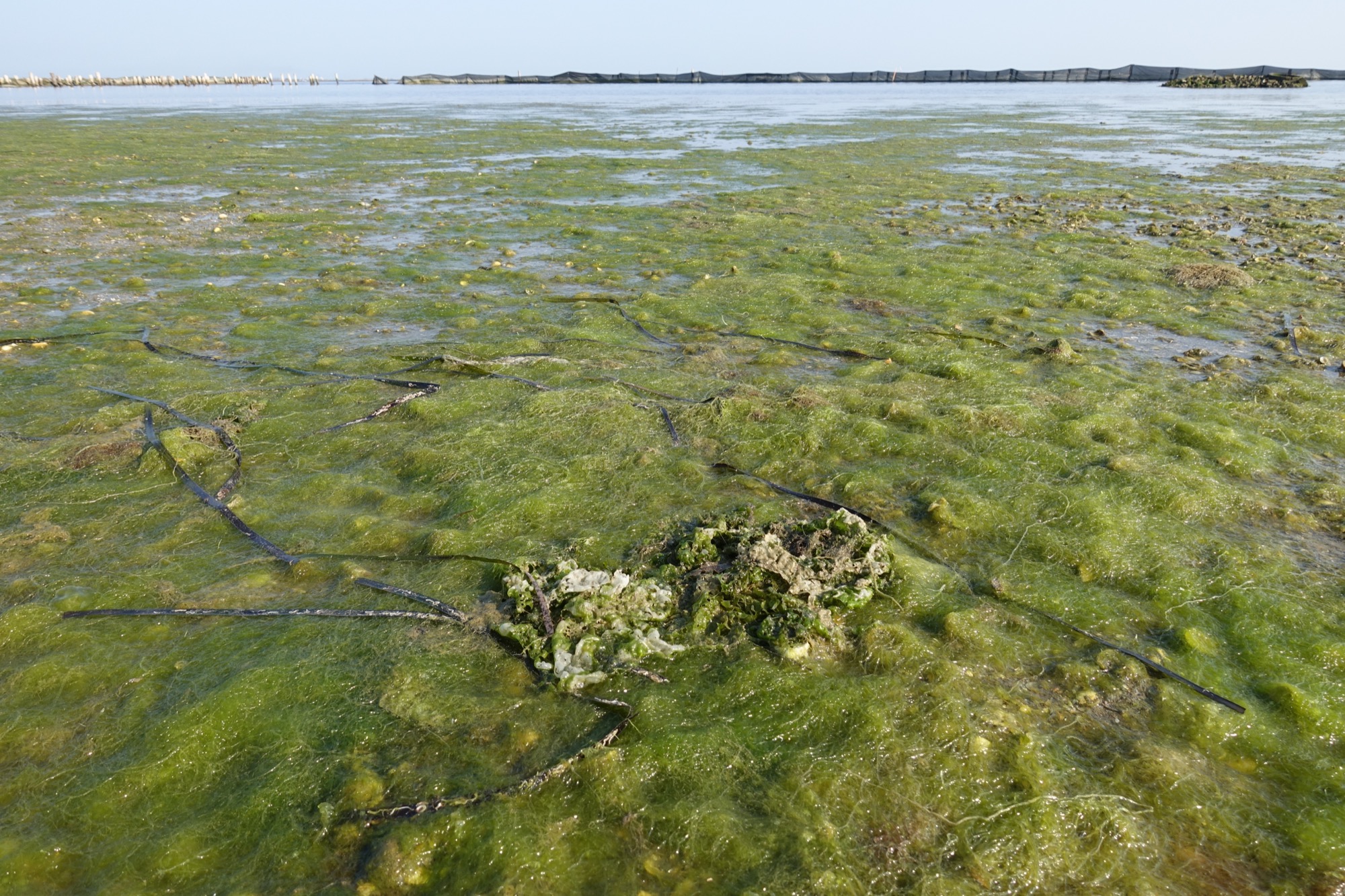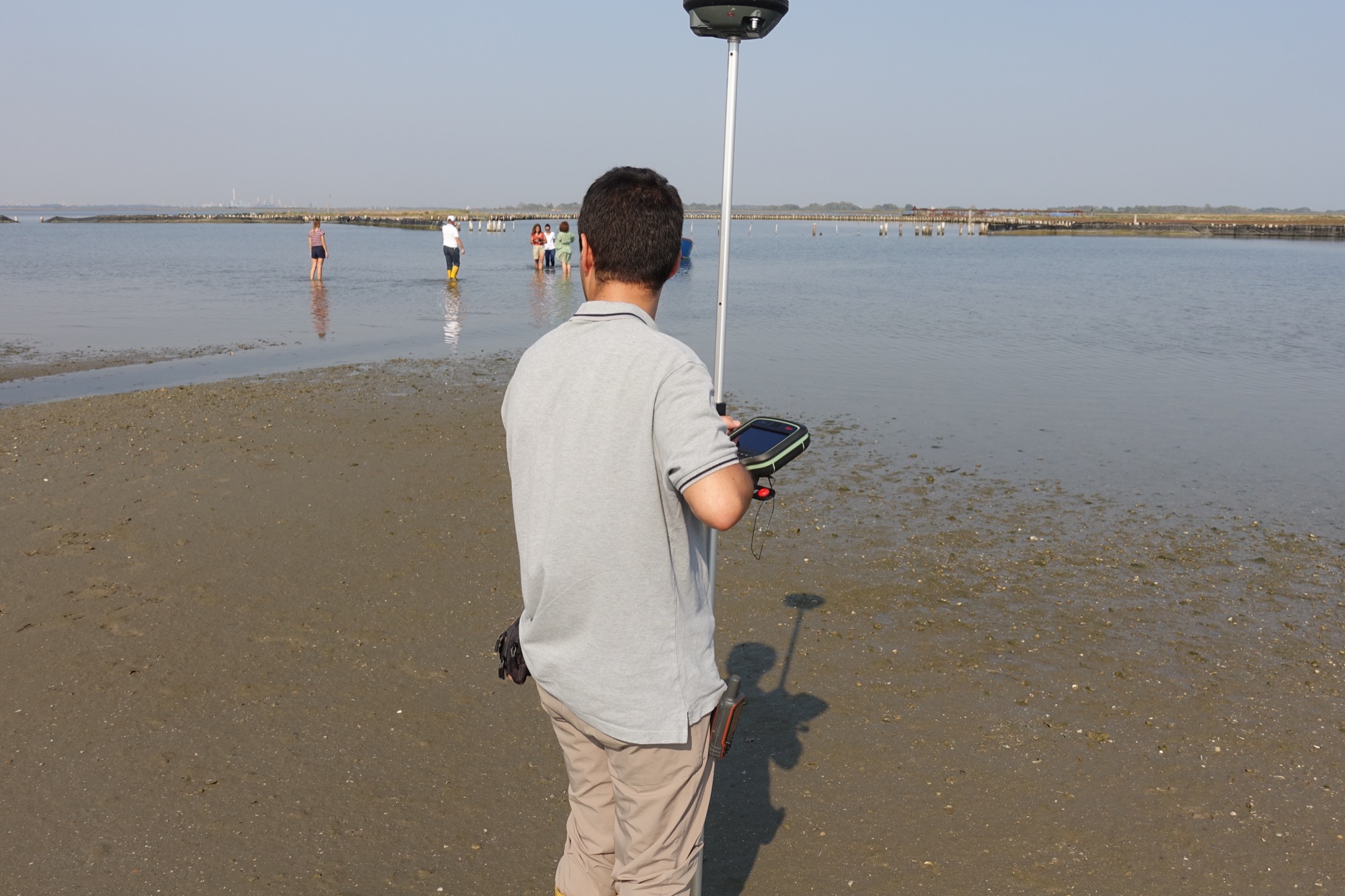About
About
Vital addresses the maintenance and enhancement of the natural capital of the Venetian Lagoon.

Vital is a group of experts dedicated to preserving the Venetian Lagoon, guided by the latest scientific research and local knowledge. The ecological heritage of the Lagoon is considered a form of natural capital that produces different types of wealth. Vital is committed to finding ways to protect and enhance this natural capital/asset for the benefit of current and future generations.
The Venetian Lagoon ecosystem incorporates multiple activities crucial to life. Each of these contributes significantly to mitigating some of the anthropic processes—including climate change—that threaten the city of Venice itself. These ecosystem services include:
- Absorption of considerable quantities of CO2 by sea grasses and salt marshes, a natural feature typical of the Lagoon;
- Attenuation of tidal currents;
- Sediment retention and water purification;
- Fish productivity;
- Cultural and recreational activities that will be enhanced by proper maintenance of the Lagoon environment.
Quantifying the value of the services to society offered by the Lagoon demonstrates the potential for future economic development and supports investment according to a sustainable management model (1). In the long term, the conscious maintenance of the Lagoon’s natural capital can generate greater and less impactful flows of productive activity than those currently generated by the exploitation of Venice and its Lagoon.
To achieve its mission, Vital represents a number of interconnected activities and projects. Scientific research aims to identify the best ways to promote the recolonisation by the Lagoon vegetation. The Offset project offers private investors the opportunity to counterbalance their ecological, social and economic impact by contributing to work that supports the well-being of the Lagoon.
Vital's main objective is to develop, test and bring to the attention of entrepreneurs and public administrators various solutions for the large-scale restoration of the Lagoon ecosystem. In doing so, Vital promotes economic development that is more sustainable, both environmentally and socially.
Footnotes:
- For a complete list of the ecosystem services offered by the Lagoon, see “Rethinking Venice from an Ecosystem Service Perspective”.
The Venetian Lagoon System
The natural capital of the Venetian Lagoon is a priceless resource, to be preserved for future generations.
Vital's approach to improving the protection of the Venetian Lagoon is geared towards preserving the values of the communities that have inhabited it. The city has a fundamental relationship with the natural landscapes surrounding it, and its history is characterised by constant human intervention to preserve the Lagoon environment. The creation of the Lagoon is mainly the result of a progressive accumulation of debris transported by the watercourses of the Veneto plain, the weight of which caused the soil behind the river deltas to sink below sea level. About 6000 years ago, brackish water from the sea began to rise up the course of the rivers and flooded a large area of the plain. The meeting of fresh and brackish waters created the conditions for a rich and diversified environment whose unique natural and physical characteristics have given rise to an incredible variety of animal and plant species.

The survival of this environment has been ensured over the centuries by planned human interventions. Because the Lagoon is the result of the encounter between the salty waters of the Adriatic and the rivers of the Veneto plain, its balance is naturally precarious – threatened, on the one hand, by the possibility of completely silting up and, on the other, by the invasion of sea water (2). Vital's activities are part of a tradition of interventions aimed at restoring the optimal dynamic processes of the Lagoon ecosystem, and will be used as case studies to facilitate restoration and maintenance policies informed by the most advanced scientific knowledge.
Footnotes:
- The scale of the works carried out for the benefit of the Lagoon is exemplified by the removal of entire watercourses, such as the Brenta and Sile, by the Republic of Venice. In contemporary times, the system of mobile flood barriers known as MOSE represents a mammoth engineering attempt to solve the problems of the Lagoon related to extreme weather events and the resulting inundation of the city.
Aims and Methods
Vital brings together the worlds of civil society, business and research to enhance the natural capital of the Venetian Lagoon.
The Venetian Lagoon offers the local economy a series of natural, cultural and social services that need to be managed in a more sustainable way both by companies and public administration. Vital's mission, therefore, is to develop scientific and economic tools to ensure that the productivity of the Lagoon ecosystem is fully recognised and valued. Vital has a multidisciplinary approach to maintaining the Lagoon's wellbeing, drawing on specific contributions from botany, ecology, engineering, economics and the humanities, both locally and internationally.

The assumption underlying this approach is that the welfare generated by the Venetian Lagoon needs a more rigorous quantification in order to attract the resources needed to optimally maintain its ecosystem and limit damage. The different forms of knowledge brought together by Vital provide the tools with which the processes of restoration and revitalization of the Lagoon’s different features can be studied and tested. The results of our studies are made public so that the scientific community and the local community can benefit from the specific knowledge developed in the course of our activities.
In addition, Vital proposes concrete projects for companies to reduce their environmental impact by contributing to protecting the Lagoon environment. Offset, the first project carried out by Vital, focuses on the flora of salt marshes and their potential to absorb and store carbon dioxide. Connecting civil society, business and research in a unified effort to safeguard the wellbeing of the Venice Lagoon, Vital can play a key role in the fight against climate change globally while improving the resilience of Venice locally. The synergy between the dynamic world of business and that of advanced scientific research, together with the governance support provided by policymakers and innovation in the design of lagoon interventions, makes it possible to create new scenarios for sustainable development.